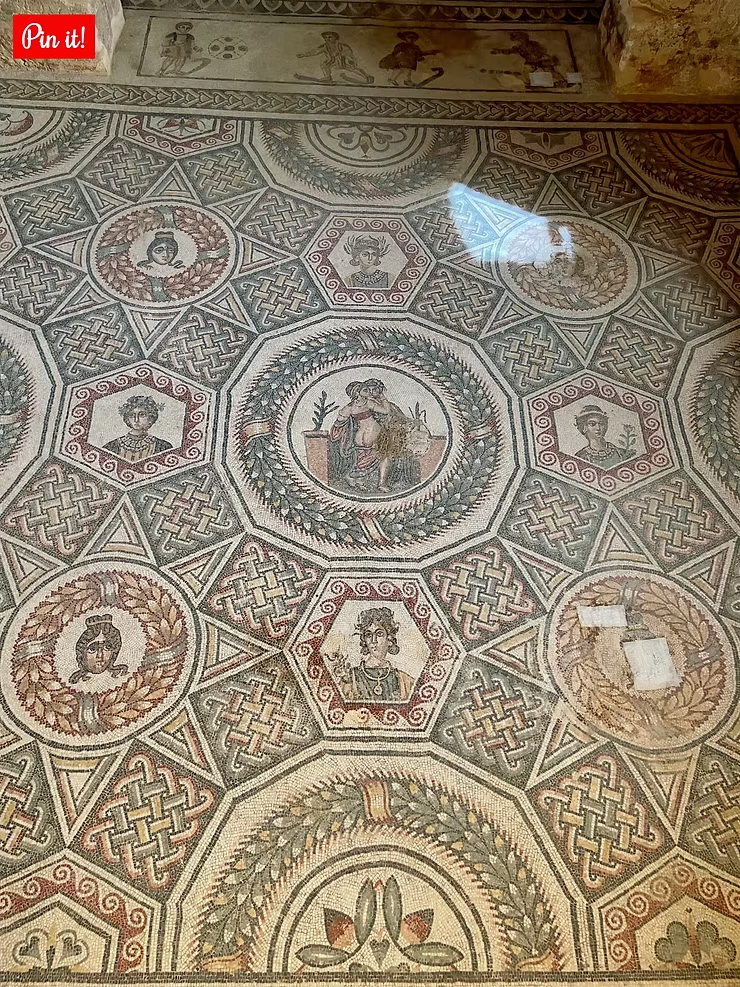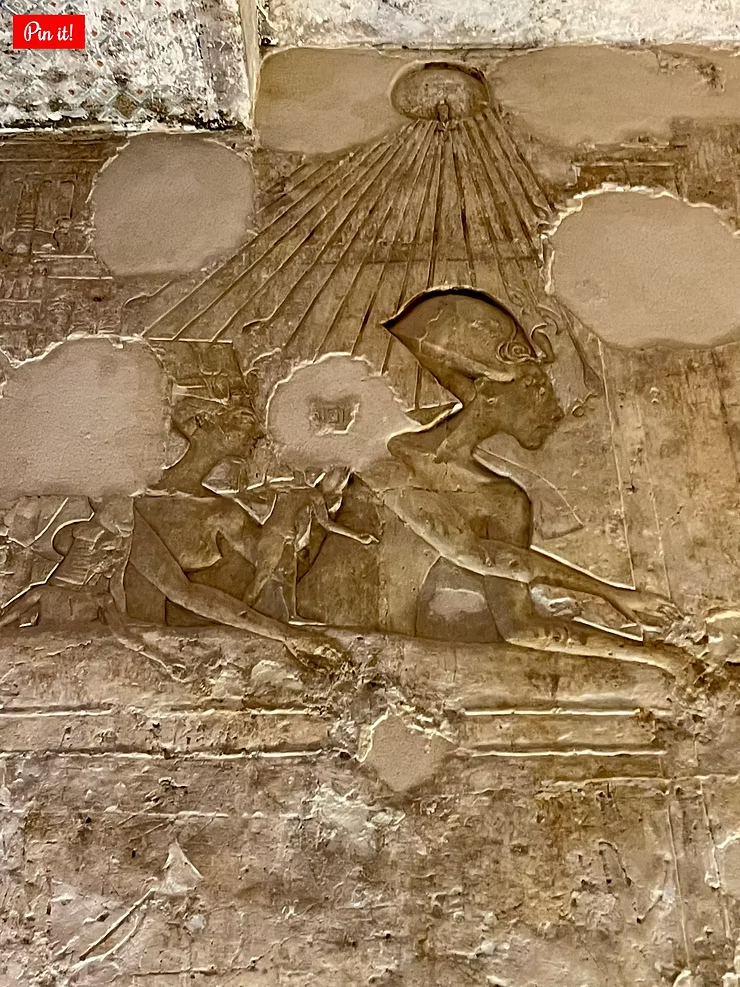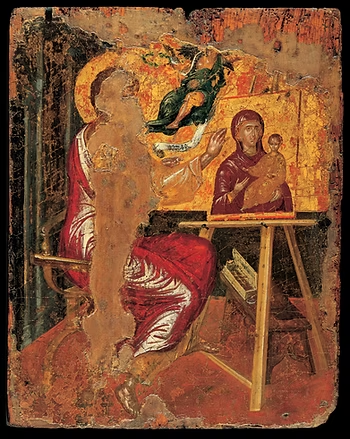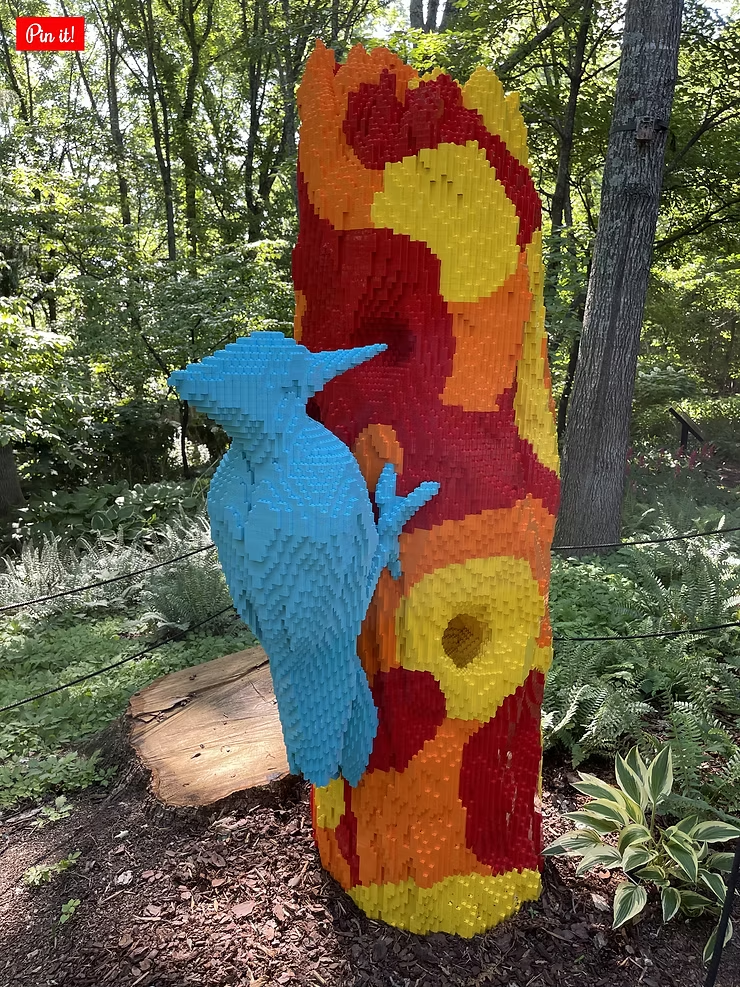Having lived in Louisville, Kentucky for my past 20 years, I have been a witness to the Kentucky Derby hysteria occurring every spring for 20 years! Some years I am resilient to the force of the Derby tsunami, other years I succumb to it. For those who may not know, the KENTUCKY DERBY race is “the most exciting two minutes in sports!” … or so we are sold. It is the annual horse race of the premier, exclusively, 3-year-old thoroughbred colts from across the globe running a distance of 1-1/4 mile (or 10 furlongs) counterclockwise on a dirt track. The preparations and excitement for this approximately two-minute race are over the top!
As a history buff and a ‘Romanophile’, I cannot help but compare the energy, excitement, and anticipation of the Derby with that of ancient chariot racing. During Ancient Roman times, CHARIOT GAMES were the most popular sporting events drawing thousands of spectators to cheer on their team’s riders. Both cheer and JEER, they would, as riots were well known to break out amongst competing factions. Massive hippodromes were built to accommodate this pastime. The Circus Maximus, in Rome, shown below in Alexander von Wagner’s painting, titled ‘Chariot Race’, was THE LARGEST hippodrome and could accommodate over 150,000 spectators. Chariots typically pulled by either two, three, or four horses, running counterclockwise, competed to the, often, bloody end. The preparations and excitement for the chariot races were over the top!
Given that the Kentucky Derby is ALWAYS held on the first Saturday of May, specifically on May 1st of this year, I feel that now is PERFECT timing to look at the past and the present and compare/contrast some details of the cultural event of horse racing. What is it about these races that they were and are such spectacles? How did the racing culture during Roman times compare to our racing culture of today?
Ancient Chariot Racing
Chariot racing actually dates back to the days of Ancient Greece, mentioned in the seasonal games in Homer’s Iliad, the ancient Greek Olympic Games, and the Pythian events. In Greece, charioteering was not so much considered entertainment, but rather a way to please the gods either through sacrifice or the presentation of bodily skill, which was considered an offering in itself. It was more a holy activity and part of a solemn religious rite.
The photo below shows the remnants of a stadium in Delphi, Greece built in the 2nd c. AD. overtop prior stadiums at that exact site, which originally dated to the 5th c. BC. This is one of the best-preserved stadiums in Greece with a total capacity of 6,500 spectators.
As with most other facets of ancient Greek culture, the succeeding Romans imitated them. Not only did the Romans borrow the idea, but they transformed it into the most popular staged spectacle for mass entertainment. The racing field in the Roman chariot games consisted of a maximum of 12 chariots, with each chariot belonging to one of four factions … either red, white, blue, or green. The fans loyally supported their team and often dressed in the team’s color. The light, wooden chariots atop two wheels on single axes, which could flip very EASILY, were pulled most commonly by four horses (‘quadriga’), but sometimes by two (‘biga’) or three (‘triga’). The race consisted of 7 laps around the arena, known as the circus or the hippodrome (in Greek, hippos = horse, dromos = path), over an average distance of about 2-1/2 miles and lasted about 10-12 minutes. The U-shaped arena consisted of two long sides, one flat end which held the starting gates (the ‘carceres’) from which the chariots emerged, and an opposite end with a rounded turning point. The most popular seats were at the curved end of the arena, for that is where the crashes, termed ‘shipwrecks’, took place. The Roman spectators LOVED the shipwrecks. They were thrilled to see the tangled masses of horses, drivers, and carts; many of which resulted in serious injuries. The chariots raced around a ‘spina’, or median, which was decorated with obelisks, columns, statues of victory, or even funerary monuments.
The rules were minimal. Whipping and lashing your opponent or opponent’s horse was ‘overlooked’. Similar to gladiator games, these were often violent spectacles. Injuries and deaths were common. In fact, the horses ran in a counterclockwise direction, primarily so that the charioteers could keep their dominant hand (typically their right hand) to the outside in case a weapon was needed. Betting was embraced and widespread, with gamblers wagering on their favorite faction or specific charioteers. They were raucous affairs. Fights and riots frequently broke out amongst the devoted fans. The mythical foundation of Rome by Romulus resulting in the ‘Rape of the Sabine Women’ of the neighboring tribe occurred at a festival involving chariot racing. The Great Fire of Rome during Nero’s reign in 64 AD began at Rome’s hippodrome, known as the Circus Maximus. About 500 years later in Constantinople, the Nika riots against Emporer Justinian in 532 AD also began at the hippodrome and resulted in nearly HALF of Constantinople being burned and destroyed.
A lot of money was spent putting on these games. Politicians, such as Emperors, consuls, aediles, and generals sought favor with the public, as well as possible political promotion, by financially sponsoring such mass entertainment. The more and bigger games one threw, the more they would be remembered … and favored. Special seats were reserved for the VIP. The Hippodrome was a place TO BE SEEN. Besides being entertainment arenas, hippodromes were also the largest squares of the cities and served as places where ordinary citizens had an opportunity to come face to face with the Emperor and other VIPs.
Most large cities throughout the Roman Empire had a hippodrome as the SPORT became an OBSESSION. The ruins of those massive arenas can still be seen in many cities today, such as the Circus Maximus in Rome, Italy (pic #1), the Hippodrome in Constantinople, today Istanbul, Turkey (pic #2&3). The obelisks in the Istanbul photos are located along the former spina. Ruins of hippodromes in Tarragona, Spain (pic#4), Caesarea, Israel (pic#5), and Jerash, Jordan (pic#6) are shown in the photos below.
The Kentucky Derby
The excitement for the Derby, today, is no less than that experienced by the Romans 2000 years ago. The arena is packed on Derby Day and it is the place TO BE SEEN. Spectators get decked out in their finest outfits and HATS to sip on mint juleps and enjoy The Race. Many even gather with the “VIP” in Millionaire’s Row, the tiered balcony overlooking the finish line.
Although the financial elites consider the Derby a sophisticated indulgence, the primal, “Roman” instincts of the masses still surface. For those who have experienced it, the raucous debauchery of the ‘infield’ is reportedly a sight to behold.
Churchill Downs in Louisville, Kentucky is where this annual spectacle takes place with track attendance of about 150,000 people, similar to that of Rome’s Circus Maximus. The spectators cheer, jeer, gamble, and drink … seemingly accepted annual vices. The Derby field accommodates a maximum of 20 horses, which are the most prized in the world. Some entries are local, others domestic and still others are flown in from Europe, the Middle East, or Asia. The winning purse for this famous race is $2 million.
The cost of the event is massive. It is financed by the city, the owners, and many corporate sponsors; as opposed to individual politicians of Roman times. Most spectators bet on their favored jockey or trainer, or sometimes simply the color of the horse or the design of the silks. While a few ‘pretend to be in the know’ and actually digest the stat sheets, I doubt they fare any better. Meeting the JOCKEYS is always a cherished highlight for they are impressively strong for their size. The weight limit for the Kentucky Derby is a maximum of 126 lbs. (57 kg), which includes the jockey and his/her gear: comprised of the saddle, whip, helmet, and several goggles. Below is a photo of my two sons, about 18 years ago, with our prized local jockey, Pat Day.
It is noteworthy to mention that the two-minute Kentucky Derby race is preceded by a full TWO WEEKS of daily activities and festivities. Work-life in the Louisville metroplex nearly grinds to a halt during this time as people engage in Thunder-Over-Louisville which is a MASSIVE fireworks display, an Air show, the Balloon Glow, the Steamboat race, the Hot-air Balloon race, a mini-marathon, the Pegasus Parade, bed races, fancy dinners and galas, and corporate Derby parties, etc. It truly IS a spectacle!
(Due to Covid, some of these pre-Derby festivities were modified for this year.)
So, what can we take away from the equestrian culture?
I have come to believe that chariot racing originally was a more civilized, even sacred, sport in the hands of the Greeks, which likely went afoul by massive surges of testosterone with the Romans. After all, the Romans loved blood, gore, and aggression. Modern-day horse racing, thankfully, elicits a more genteel aura … for the most part. While occasional injuries still occur, they are by no means promoted, encouraged, or cheered by the jockeys or the spectators. Today many rules apply that dictate civility amidst the sport. So perhaps we have come full circle? Maybe … or just wishful thinking? I certainly don’t know. One thing I do know and can be certain of … there is NO WAY that any components of our current horse racing tracks will be left standing in ruins 2000 years from now. For THAT quality of construction and engineering, the Romans definitely WIN the purse!
Tip: For all those interested in watching this exciting two minutes of sports history, the 147th running of the Kentucky Derby will be held on Saturday, May 1, 2021. The post time is set for 6:57 ET and can be seen on NBC Sports network or streamed from NBCSports.com.
-
Morgan Louis is a seasoned traveler with an insatiable curiosity for exploring new cultures, landscapes, and experiences. With a passion for storytelling, Morgan shares their adventures and insights through vivid narratives, inspiring others to embark on their own journeys.











